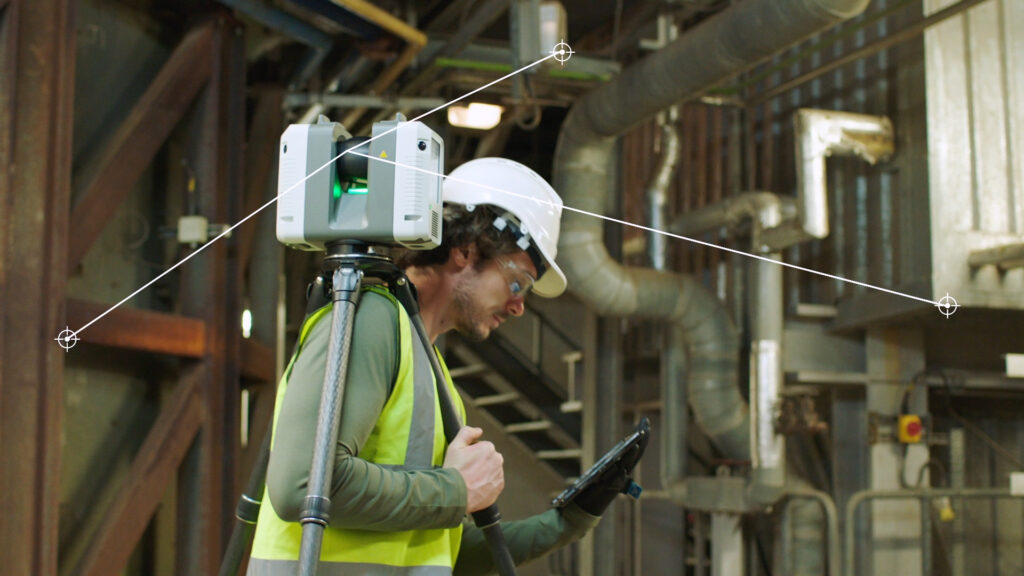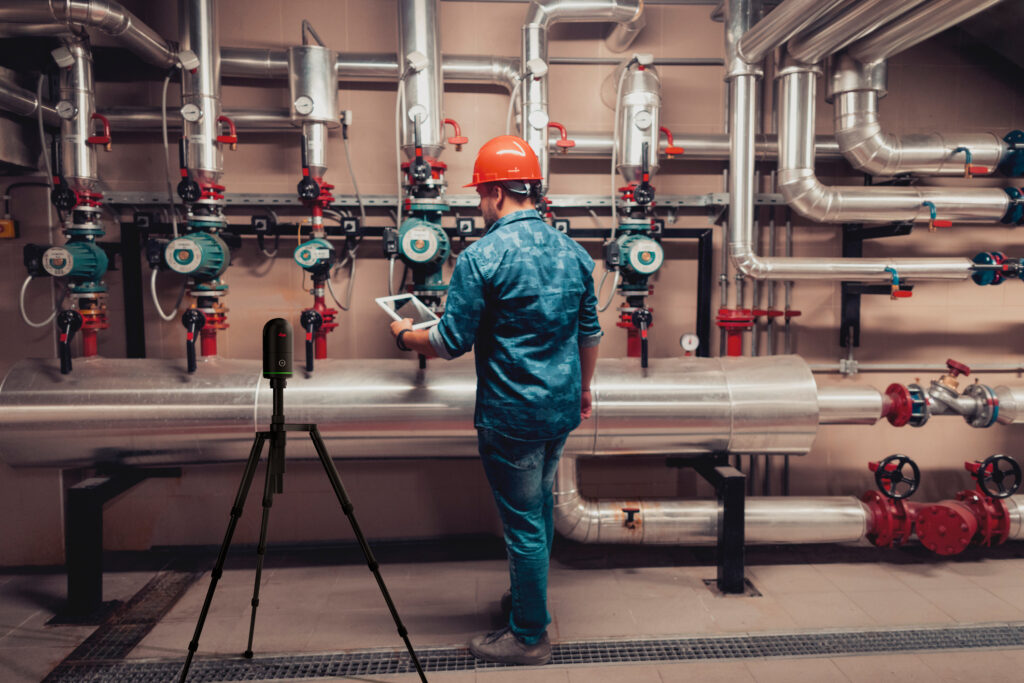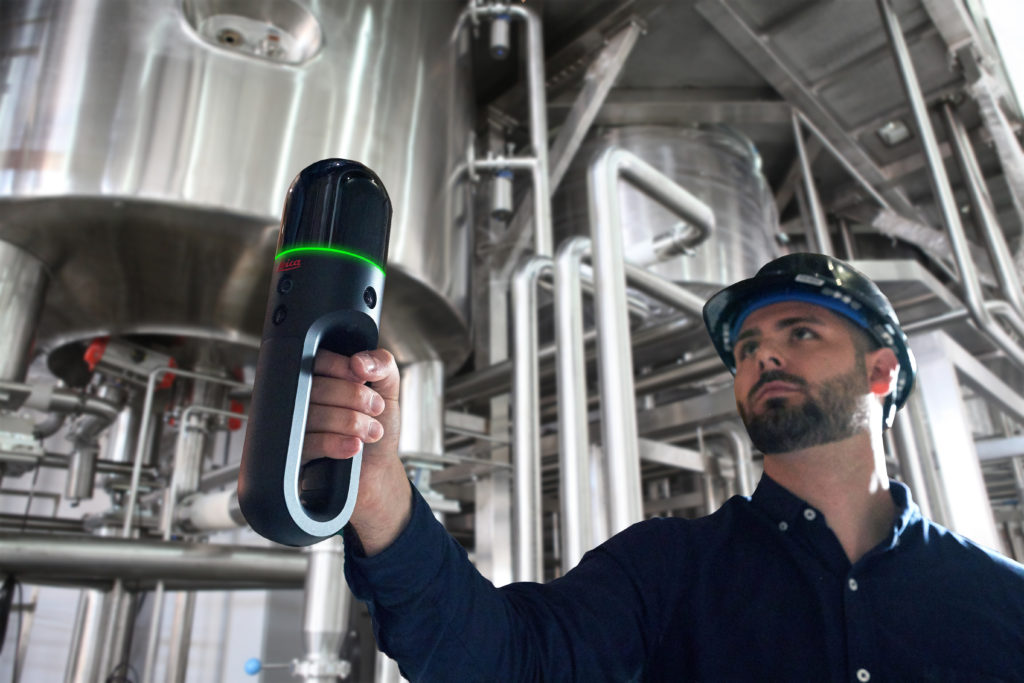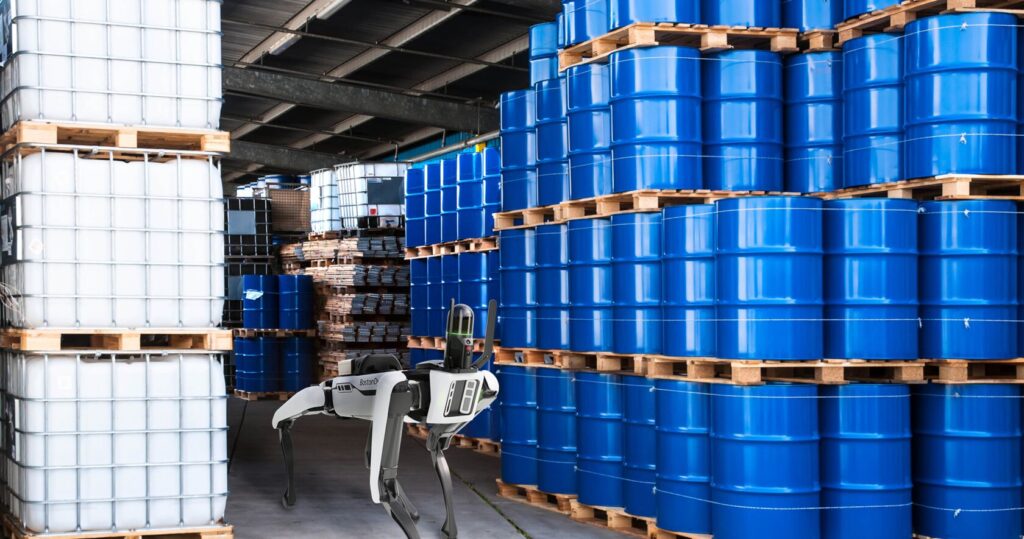Laser Scanning and Digital Twin
FAQs
What is a digital twin?
A digital twin is a complete digital replica of physical assets and processes. A recognized best practice for operations and maintenance, the digital twin drives high performance by maximizing transparency and control. But a true digital twin can only be achieved with accurate reality capture at its core. 3D laser scanning enables you to quickly and accurately capture and manage comprehensive as-built data for your digital twin while reducing risks and costs.
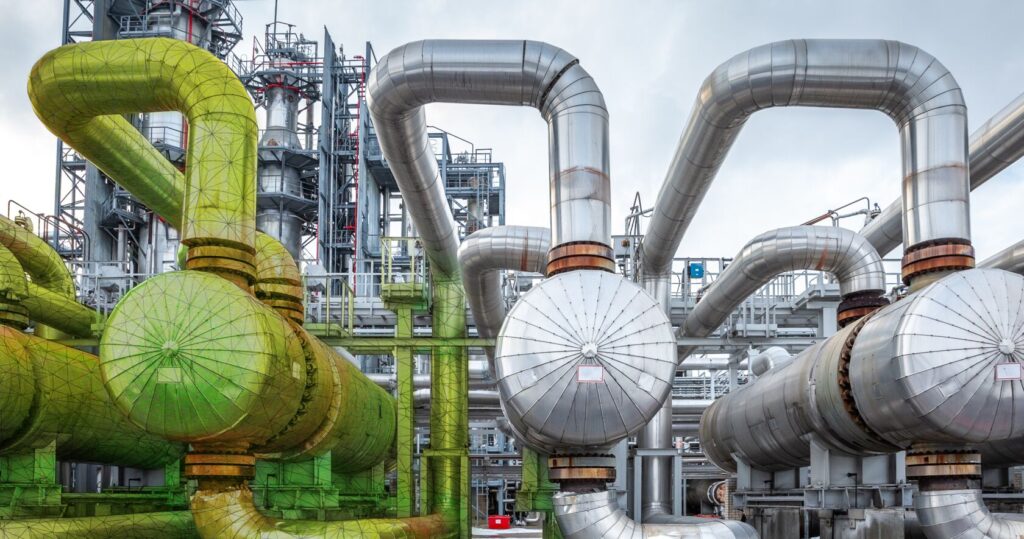
What is laser scanning?
Laser scanning is a noncontact and nondestructive method of digitally capturing physical objects in 3D using a beam of light, or laser. The laser scanner captures millions of measurement points on any surface within seconds. These combined points are known as a point cloud—a comprehensive, clear, and precise digital record of the real-world environment that can be used for design and engineering, analysis, and even maintenance.
What are the benefits of laser scanning compared to traditional plant documentation?
SAFETY - No longer do employees or contractors need to erect scaffolding and climb about the piping, pumps and other equipment to take a few measurements of an area destined for change. The laser scanner takes significantly more measurements, far more accurately, from the floor and walkways. It also eliminates downtime from shutdowns that would otherwise be required to capture measurements on equipment in operation.
ACCURACY - Laser scanning removes ambiguities and redundancies. New designs of piping and other structures, when matched to the point cloud of the existing structure, are guaranteed to fit correctly when installed.
SPEED - With 3D laser scanning, a single operator can capture comprehensive, accurate data safely in minutes without affecting production. Noninvasive technology captures measurements from a distance without affecting line production or introducing potential contamination. What’s more, the ability to capture comprehensive data with speed and accuracy accelerates project delivery and the ability to recognize the revenue from enhancements.
COST - Having an accurate digital duplicate of the plant available instantly on their desktops means the engineers make fewer trips to the field. This reduces costs and helps to keep the project schedules tight. The combined benefits of scanning – fewer trips, fewer requests for clarification, more shop fabrications instead of field fabrications, etc. – contribute to shortened project schedules, which provide significant savings.
ACCESSIBILITY - The ability to access the plant virtually through secure online web viewers – a concept known as digital remote management – benefits all aspects of day-to-day functions that rely on plant data. As an option to using flow sheets and walking through the physical plant, staff can visually inspect any area of the plant remotely through their web browser. New employees can be trained through virtual walkdowns. Maintenance knows exactly where they’re going and what they’ll encounter in the plant because they can examine the area before they get there. Engineering can streamline projects by having access to measurements and visualizations with no more guesswork or discrepancies in as-built drawings.
COMMUNICATION - The 3D visualization provided by point clouds and improved CAD models makes communications with construction contractors and other vendors much easier and faster. This leads to more accurate and competitive bids.
I’ve used laser scanning before. What’s different about the latest technologies?
While laser scanning has been around for decades, today’s laser scanners are far more efficient. The fastest laser scanner available, the RTC360, completes a full scan in as little as 26 seconds. This means you can capture comprehensive data in a fraction of the time compared to other measurement methods. All of this data can be collected safely with a single operator working alone. Visual Inertial System (VIS) technology provides real-time automatic data processing and pre-registration so you can see the results immediately after performing the scans. This helps you avoid missed measurements and deliver results faster.
Compact, high-speed imaging laser scanners like the BLK360, and handheld imaging laser scanners like the BLK2GO provide a flexible form factor, while autonomous solutions like the BLK ARC enable you to capture data on inaccessible or hazardous spaces.
The broad array of options and capabilities means there’s a fit-for-purpose solution for every facility. Intuitive and powerful software lets you easily transform point cloud data into immersive 3D visualizations and actionable results.
Does laser scanning require any special expertise to get started?
The latest solutions are easy to learn and use, even if you’ve never used laser scanning before. One-button operation, guided workflows and automated processing let you get started quickly and deliver value easily. For a centralized digital transformation strategy, advanced software and seamless integrations make it simple to deploy data on an internal server or a cloud server. Backed by unmatched service and support from a global network of experienced industrial plant solution specialists, you can build your digital twin with confidence.
What are some of the best examples of laser scanning in industrial facilities?
Start Collaborating
Contact our industrial plant solutions experts to explore how to apply laser scanning in your facility or project.
